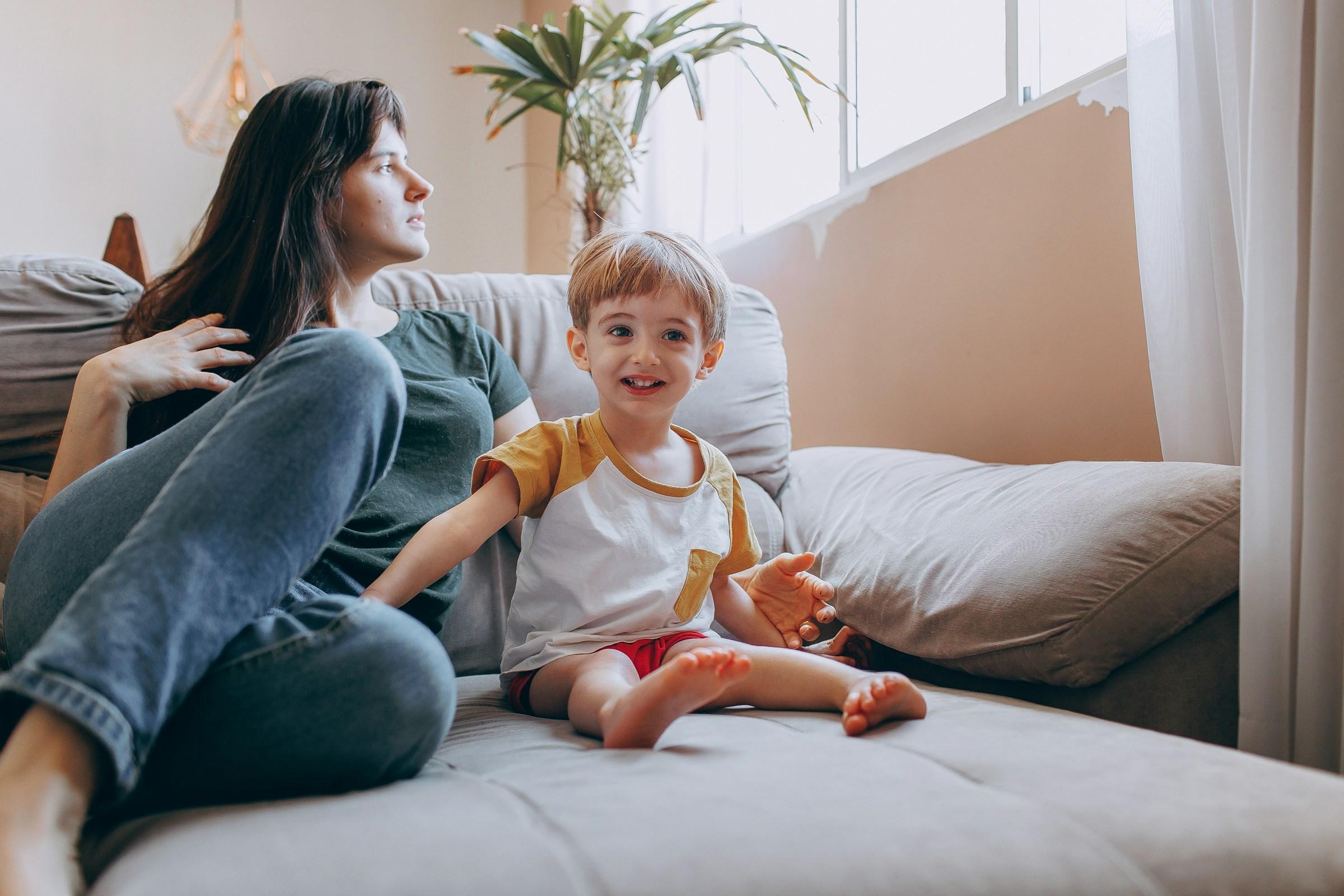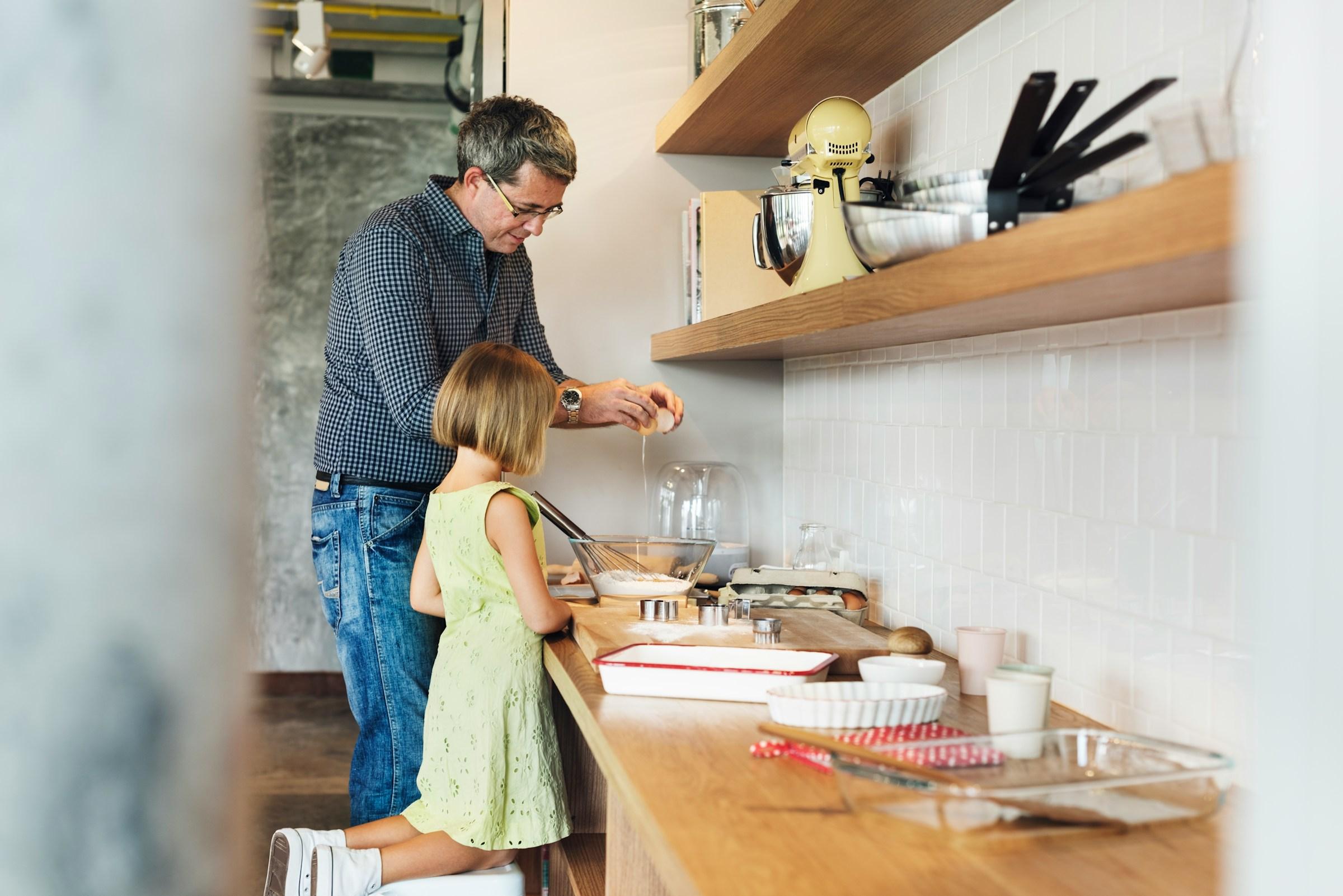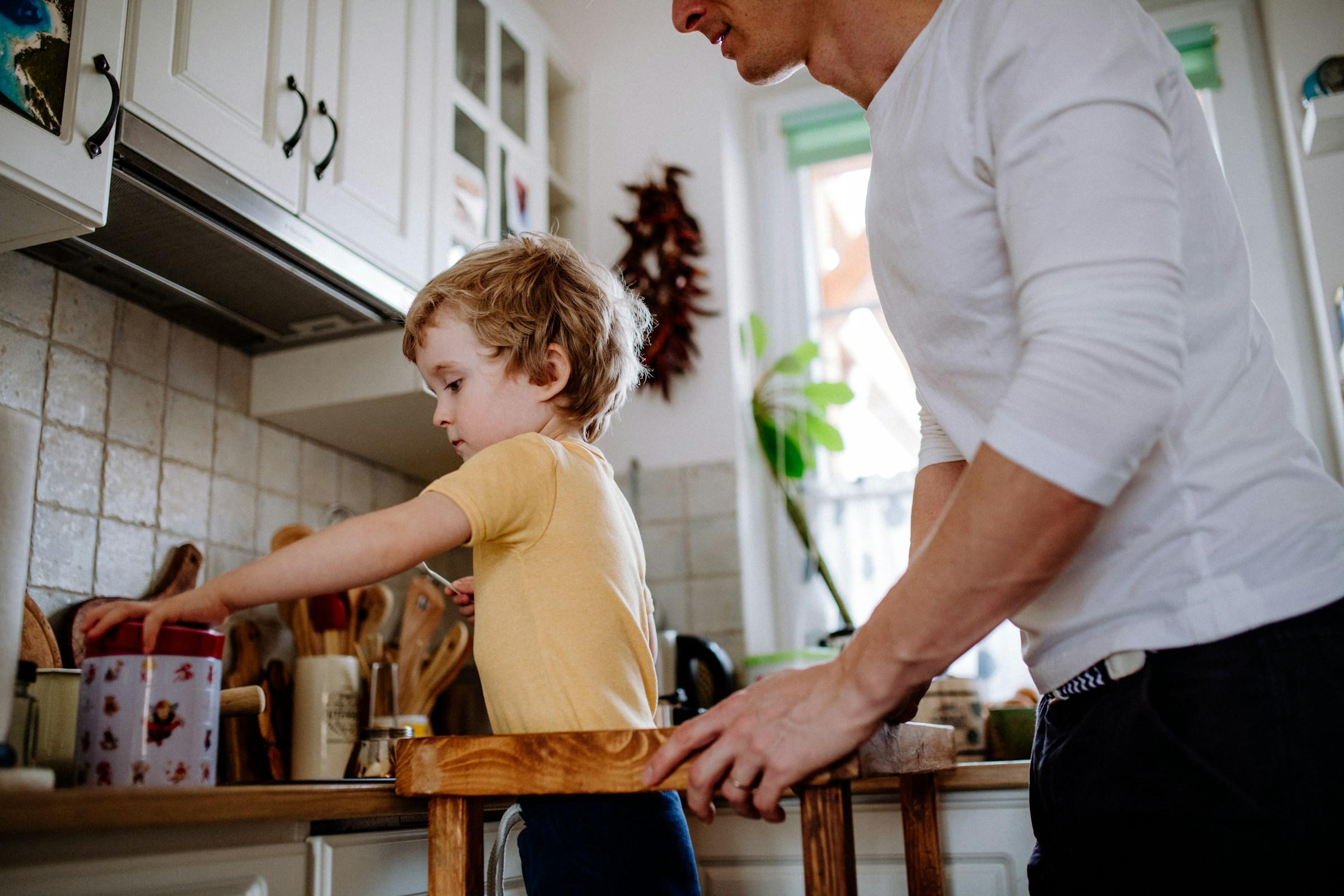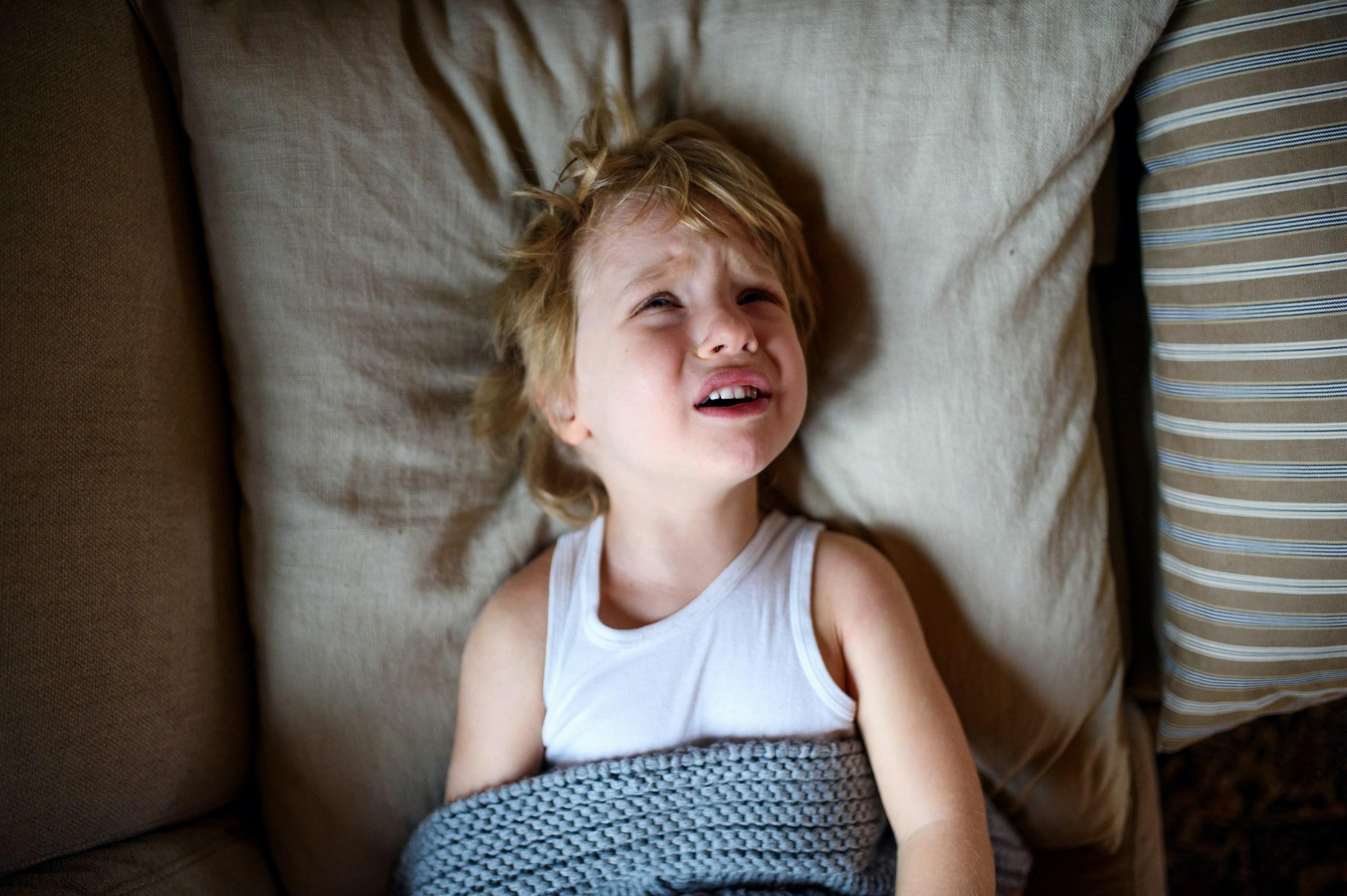Music slips into a home in ways that do not ask for permission. It moves through rooms while a bottle is rinsed, a swaddle is folded, a small chest rises and falls in sleep. With a newborn in the house, music is not just background entertainment. It becomes a soft architecture that holds the day together. It steadies fragile routines, gives shape to time before a baby can read a clock, and offers a language that reaches the nervous system long before words make sense. When parents treat sound with gentle intention, music turns an unpredictable season into something more livable and kind.
An infant perceives the world as a collage of signals. Warmth on the skin, light across the curtains, the smell of milk, the pressure of a palm across the back, and the rhythm of a familiar voice. Music is one of the most forgiving of these signals because it does not demand attention in order to work. A baby does not need to look up or perform to receive it. Sound wraps around the body and says, here is morning, here is play, here is rest, here is the hand that will not put you down too fast. It is a marker that asks for nothing and gives a great deal. To place music in a home with intention is not to chase genius or measure skills on a chart. It is to help a small person feel safe enough to grow.
The most practical truth for new parents is that music organizes time. Infants learn through sequences. They do not understand ten o’clock, but they learn that after the bath comes a song and after that comes the dim light and after that comes the soft bed. A steady melody after the same bath each night invites the body to slow down, in the same way that an upbeat tune in the first light of day invites the body to move. Over weeks, these pairings become anchors. They are not strict rules that tighten a household. They are gentle edges that say to a baby and to the adults who care for them, here is what happens next.
A home can carry these edges with surprising ease. A morning playlist that lives near natural light can shape the first hour. It might be piano, or quiet bossa nova, or a simple instrumental folk track that never spikes in volume. Curtains are opened, plants are greeted, a glass of water is poured, and the same set of songs greets the baby who is slowly collecting sensory information. The music becomes part of the story of day. During play, a steady beat that echoes the comfort of a heartbeat creates movement without chaos. A clear melody and a voice that feels near can invite tummy time or gentle kicks without overstimulation. Volume that allows the adult to hum along creates an extra layer of safety. Humming is only breath turned into sound. Babies already listen to a caregiver’s breath more closely than anything else.
When the day tilts toward rest, music can act like a dimmer switch. The goal is not to achieve silence. The goal is softness. A lullaby can certainly help, but the sound of water, a simple music box, or a singer with round vowels and slow phrasing can do the same work. If there are lyrics, simple phrasing is enough. An infant does not parse meaning. They hear contour and warmth and above all they hear the caregiver’s voice riding on top of everything else. This is why live music matters even when the adult does not think they sing well. The baby is not scoring tone. They are measuring familiarity.
Parents sometimes wonder if talk about music building the brain is only marketing. The truth is that infants show early sensitivity to pattern. Repetition creates neural connections that later support language, attention, and memory. Rhythm becomes predictability and melody becomes contour. The ear learns to detect change and return. With time, that practice supports speech processing and early reading, not through tricks or flash cards, but through a familiar habit of tracking sequences with comfort. Yet none of this requires complex homework. The home is already the instrument. A parent who narrates a diaper change with a tune helps a baby link words to actions. Two light claps before bath mark a transition with rhythm. A slow waltz in a hallway teaches balance while calming both bodies at once. A pause to smile teaches that stimulation can stop and soft attention can take its place.
Family culture often holds this wisdom. Many households remember songs for sleep, for travel, for holiday tables, and for quiet prayers. Bringing these songs back into a new home is a way to archive love. A grandparent’s voice on a recording, or live over a call, will become familiar to the child long before they recognize faces in photographs. The child learns that sound carries people across distance. It is a portable form of closeness.
There are small design choices that turn noise into nourishment. A speaker placed where sound diffuses evenly without sitting next to a crib can fill a small room without hot spots. A corner shelf at adult ear level is usually enough. Volume that allows the parent to hear their own breath and the baby’s small coos creates the right balance between presence and overwhelm. Tracks that do not leap from quiet verse to loud chorus help maintain a calm arc. Many streaming services offer volume normalization. That small setting matters more in the nursery than it does in the car. Testing a set of songs with the baby present also matters because an empty room lies about sound. Soft furnishings help. A cotton swaddle that rustles quietly, a woven rug that softens hard edges, and curtains that take the brightness out of morning create an acoustic that feels like a held space rather than a tin box. Babies notice the difference. Adults do as well, most clearly at two in the morning.
Screens complicate the picture. Music videos and cartoon shows can charm adults as much as children, but infants do not need screens to receive musical benefits. They need a face, a voice, a rhythm, and a pause. If a household enjoys a children’s program, the soundtrack alone can be enough. A sock puppet on a hand, moved to the beat, turns a recorded jingle into live play. The shift from consumption to connection changes the energy of the room. A phone face down while a playlist plays, or a smart speaker that keeps hands free, is often all that is needed. If instruments enter the space, they can be simple. A fabric rattle with a light shake, a wooden shaker with soft grain, a small hand drum that the adult taps in time. Novelty draws attention for a moment. Familiar interaction builds trust.
The caregiver’s own voice remains the most powerful instrument in the room. Choosing one lullaby and keeping it for a long stretch is a gift to both parent and child. Singing it the same way most nights turns the song into a boundary that nothing else needs to announce. Babies love repetition. They relax into known phrases that land in the same place. A small ritual around the song strengthens its effect. The same chair, the same lamp, a couple of quiet breaths before the first note. Consistency does not imprison the evening. It ushers everyone toward rest.
Movement is part of learning as well as soothing. Holding a baby upright against the chest and swaying to the beat invites the inner ear to map rhythm. Rocking side to side during a slow song and bouncing gently during a happy one creates correlations that the body can trust. These motions calm adults too. A tight voice loosens as the shoulders drop. A calmer adult voice guides a calmer infant body. This is not mystical. It is the nervous system responding to cues it understands.
Language grows inside these moments. Nursery rhymes rhyme for a reason. They teach syllable patterns and cadence. Families that raise bilingual children can use music to create tidy drawers in the mind. Songs in different languages can live in different parts of the day. One language in the morning. Another in the evening. That gentle separation helps the brain sort without overwhelm and honors the cultures that hold the family together.
Some homes have thin walls or a light sleeper nearby. The answer is near-field sound. A small speaker on a dresser near the nursing chair can carry a track at a volume that does not fill the room yet still feels present to the person holding the baby. If a household wants to share music while a baby sleeps, bone quiet sound that rides just above room tone can be enough. Consider the hum of the air conditioner to be the baseline. Add only a little above that. The goal is to protect the nervous system rather than to achieve a performance.
Pauses belong in any musical routine. Silence lets the body digest input. Between songs, a small gap without sound helps both adult and child notice what the last few minutes have done. The adult can watch the baby’s face. Do the eyes search for the return of sound. Do the shoulders settle. Does the breath deepen. This is information that helps right-size the next cue. A routine that breathes works better than one that tries to fill every crack with entertainment.
As the months pass and grasping and rolling become daily work, call and response can enter the play. A caregiver hums a few notes and waits. A baby answers with a coo or a squeal. The caregiver mirrors it back. This is music, and it is conversation in sound long before spoken language. It can happen during a diaper change, in a pram while waiting to cross a street, or on the floor with a slant of afternoon light across a blanket. What matters is the alternation and the attention, both of which teach a child that their sounds change the world.
Parents sometimes fear that life events will expose an infant to loudness that is not healthy. A practical rule helps. If an adult needs to raise their voice to be heard, it is too loud for a long stretch. If a family gathering becomes lively, a short step into a hallway between songs gives the nervous system a break. A soft hat that covers the ears lightly is useful to keep in a bag. There is no need for studio equipment to protect a child from overwhelm. Awareness, breaks, and a plan to soothe afterward with a familiar song do most of the work.
Caregivers who play instruments should keep them visible and reachable. A ukulele on a wall hook or a keyboard on a stand will be used more than a guitar in a case behind a closet door. Two chords and a name can make a song that lives only in one home. Perfection is not required. Loyalty is. That little song will survive many playlists.
Music also restores adults on hard days. A single piece that a caregiver loves can fill a kitchen while a bottle warms or while oats simmer. The baby will feel the shift when shoulders lower and breath returns. A household with good sound habits supports the adult as much as the child. That support is not extra. It is part of healthy development because babies shape themselves to the bodies that hold them.
Simplicity keeps the practice sustainable. Homes do not need a basket of noisy plastic toys to give a baby a rich musical life. The voice that never needs batteries is already present. If a purchase is made, a few durable pieces that age well are better than a fast rotation of novelty that shouts for attention when the room wants calm. Downloaded playlists reduce the temptation to scroll in a sleepy hour. A do not disturb setting during feed and sing windows can protect the ritual. Small choices like these keep a parent inside the moment rather than near it.
Mixing the old and the new brings a generous spirit to the room. A playlist from a parent’s teenage years can sit next to a grandparent’s favorite song transferred from vinyl to digital. A lullaby from a different country can stand beside a local folk tune. That blend teaches that a home can be plural and still feel whole. Children soak up this lesson in sound and carry it into how they welcome difference later.
Travel tests routines, but music travels well. A portable speaker the size of a small bowl, a playlist that begins with the same first song at every bedtime, and a private hum that happens three times before a baby is laid down in a new cot can make a hotel room or a relative’s home feel less sharp. Cues that say we moved places yet your routine came along reduce disruptions and help everyone sleep.
As the infant grows, music slowly shifts from a caregiver’s act to a shared experience. A baby will slap a tray to the beat, laugh when a favorite chorus arrives, or quiet at the first notes of the night song. This is not simple compliance to external control. It is recognition. Recognition is foundational for learning because it tells the brain that something is known and safe, which frees attention to meet the next new thing. Simple hand games benefit from this stability. A consistent tempo, a soft count under the breath, and a habit of finishing a pattern builds attention that later shows up in stacking blocks, turning pages, and following a story with patience.
When other children join the circle, a family can value listening as much as performance. A sibling can choose the next song while the baby watches the show. Then roles trade. A home that praises attentive listening builds respect that feels lived rather than recited. Music becomes a shared rhythm rather than a race to be loudest.
Parents often ask how often music should play. A helpful frame is to think of sound like light. Morning brings brightness. Midday brings clarity. Evening brings warmth. Sound can follow those qualities. Crisp piano in the morning, friendly hand claps and gentle drums in the afternoon, and strings or breathy voices at night organize the day without rigid rules. Rest windows can have near silence with a familiar hum. If a fussy patch arrives, returning to last week’s song that worked is not laziness. Babies adore re-runs. Repetition is not failure. Repetition is the method.
In the end, the role of music in infant development is simple and profound. Music does not draw a checklist. It offers a steady friend that anchors the day and opens the senses. It helps the brain notice patterns and the body regulate itself. It lets language arrive with joy. It helps sleep find its way back to a tired child and a tired parent. It makes a small home feel generous without requiring more square footage or more gadgets. The only hard rule, if there is one, is to pick a song that everyone can love enough to repeat. Choose one lullaby and keep it for a long while. Sing it as often as the day allows. Do not chase novelty when reliability will do more. A consistent song becomes a kind boundary in a world that can feel too bright and too busy. It is a thread that lights the path back to calm.
A home shapes behavior, and music shapes mood. Together they shape development in ways that are easy to miss until time has passed and the pattern becomes visible in hindsight. The good news for any parent who feels unsure is that neither perfect knowledge nor perfect taste is required. All that is needed is attention, a few thoughtful choices, and a willingness to repeat what works. What we repeat becomes how we live. If we choose warmth and rhythm, we hand a child a gentle map of their first world, and we hand ourselves a more breathable day.














